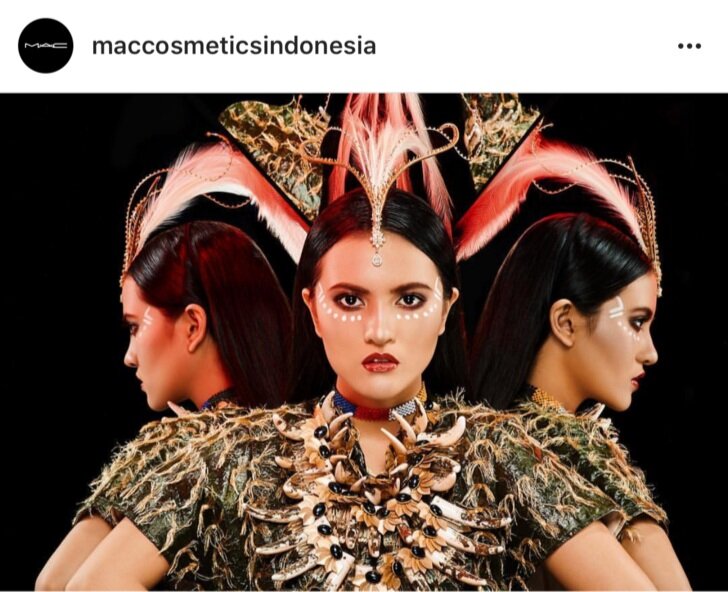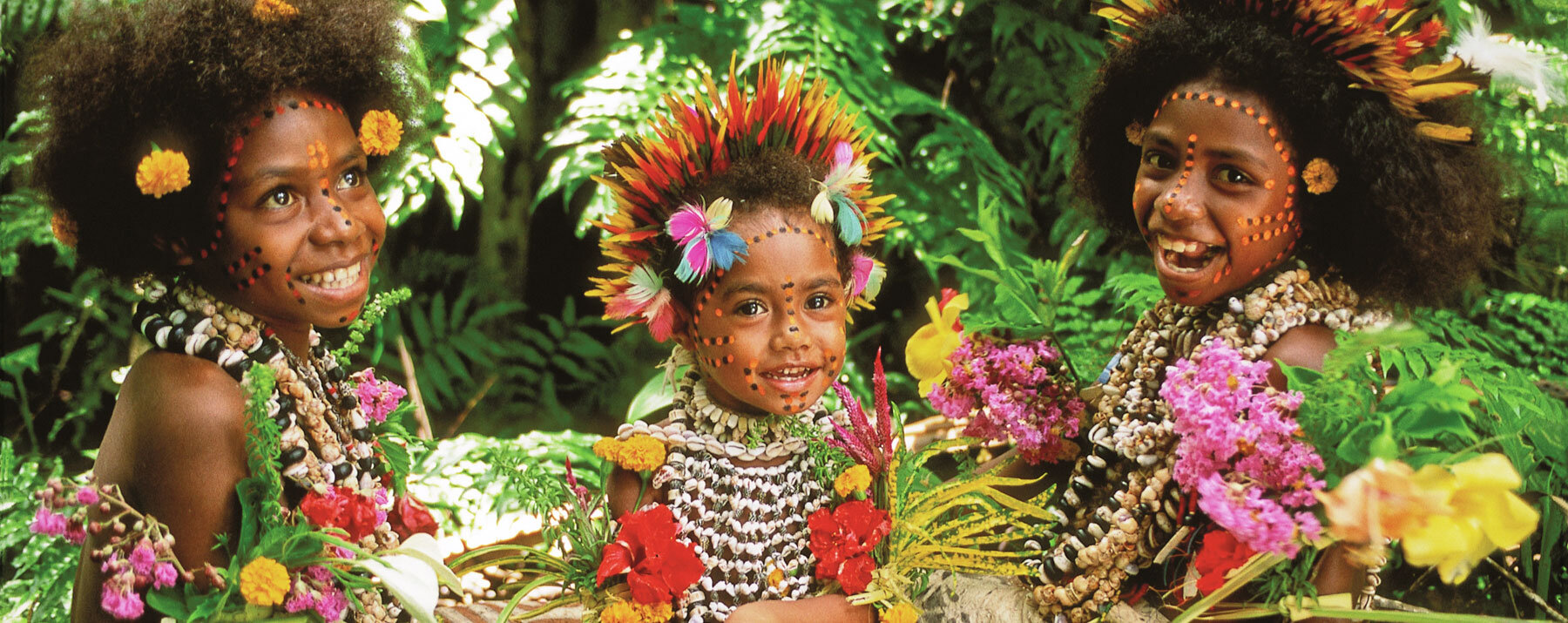The Dark Side of Paleness
I'm unhealthy.
I hate sweating so I rarely exercise and obsessively avoid being outdoors in the hot and humid tropical weather. Thanks to having caught amoebic dysentery and typhoid before, I have a messed up gut so I'm almost perpetually anaemic. I also have an autoimmune diesease, Sjögren's, which is usually no big deal, but it means I'm often down with some sort of illness. All of this means that I end up naturally pasty, and that, apparently, is a great thing in most Asian countries.
Ever since I could remember, my relatively pale skin always got me a lot of compliments. I grew up with friends whose mothers would compare their skin tones with mine, and then berate them for not "taking care of their skin" and staying out of the sun like me. I had people of a different race how envious they are of my pale skin, even though genetically, they would still be several shades more tanned than me, even if I roasted myself in the sun for months.
“I had people of a different race how envious they are of my pale skin”
Getting these compliments have always made me uncomfortable, and I don't mean the sort of discomfort I felt when I had to pretend to be modest and hide my glee whenever my grades were being compared and I came out top. It's always a genuine discomfort because I cannot see how something genetically determined like your skin tone should determine your worth. Even before I became more politically aware, the "compliments" have always felt loaded with disturbing implications to me.
Pale skin is hardly an indicator of health, which some argue is the reason people find symmetry and certain body types more attractive. I'm definitely very unhealthy. In fact, the most compliments on my looks I've ever gotten in my life got was when I was half dead with typhoid fever and that's a pretty serious disease. Neither is it a positive indicator of fertility, which is another factor people use to explain why we find certain features attractive.
The worship of pale is still a big issue in most Asian countries. Darker skin tones are often extremely underrepresented in the media. In one extremely tone deaf ad campaign, MAC Indonesia tried doing a series of ads celebrating the ethnic diversity of Indonesia...and they chose to stick to models of all shades of pale and even using this model to represent the region of Papua:
Meanwhile, this is how the average Papuan looks:
Image credit: Pexels
As a beauty blogger, I often feel lost recommending foundations in Asia that cater to shades beyond 3 shades of pale. And I'm not talking about East Asian countries like Korea or Japan exclusively, where people can justifiably argue that the majority of the population do not differ much in skin tones.
In Indonesia, where I'm a racial minority and the majority are 2-3 shades darker than me, most brands still cater to mostly pale shades and I've never had problems finding a match, while my native Indonesian friends often struggle. My darker skinned Indian friends tell me they still struggle to find a foundation match anywhere in the world and they actually have a harder time finding darker shades in India than in the US. A recent survey of foundation shades in India by The Pudding supported their claims. I've long accepted that at every Indian wedding I'm invited to, the most essential makeup items I must have for makeup emergencies are dark brown, blue & green pigments to colour correct foundation shades for my Indian friends.
A defense of the lack of foundations I always hear, is that companies have done their market research, and while darker skin tones dominate the population, most people with darker skin tones are too poor to afford the products. Ignoring the huge problems in that statement, I would always point out that even in Singapore, a wealthy country with a high average purchasing power and where the Indian minority make up a sizeable 9.23% of the population, many of my Indian friends are still 2-3 shades darker than the darkest shade most makeup brands offer in the country.
When Fenty came to Singapore in 2017, I considered it a godsend, because for the first time ever, I finally have an answer when my darker skin toned friends ask me for foundation recommendations.
I've definitely gotten some backlash for calling colourism problematic before. I've even heard a couple of people insist that having a problem with colourism in Asia is actually being racist, because apparently, that means you're accusing people of wanting to be white and that's, well...racist. In fact, pale skin has been worshipped in Asia for centuries so saying it's problematic is saying that Asian culture is problematic, you racist!
It makes my mind whirl.
It always frustrates me that there's a group of people who try to shut down any criticism of Asian beauty standards with, "Why are you trying to say I'm trying to look white, you racist?"
No, that is not what I'm saying.
Yes, I'm aware that the preference of for pale skin has existed for centuries. In fact, it has existed across many cultures, including European cultures, and the reasoning behind it is always the same –having pale skin shows that you're rich enough to avoid manual labour out in the sun and that's why it's attractive.
However, how is that any better? Hey, I don't look down on you because you're not white, I look down on you because you're probably poor. It's not a racism thing, sweetie, it's an elitism thing.
Just because something has existed in a non-white culture for centuries doesn't mean that it should be some sort of protected cultural heritage that should never be criticized. There shouldn't be an idolization of non-dominant cultures to the point where we're blind to the bad parts. As one of my favourite Terry Pratchett quotes go, "Just because someone's a member of an ethnic minority doesn't mean they're not a nasty small-minded little jerk."
Minorities can be racist too. Aspects of a minority culture can be problematic too. Colourism is a huge problem, and no one should justify it by claiming, "But it's been this way for centuries in Asia! Why are you hating on my culture?!"
It's time for us to move on.



